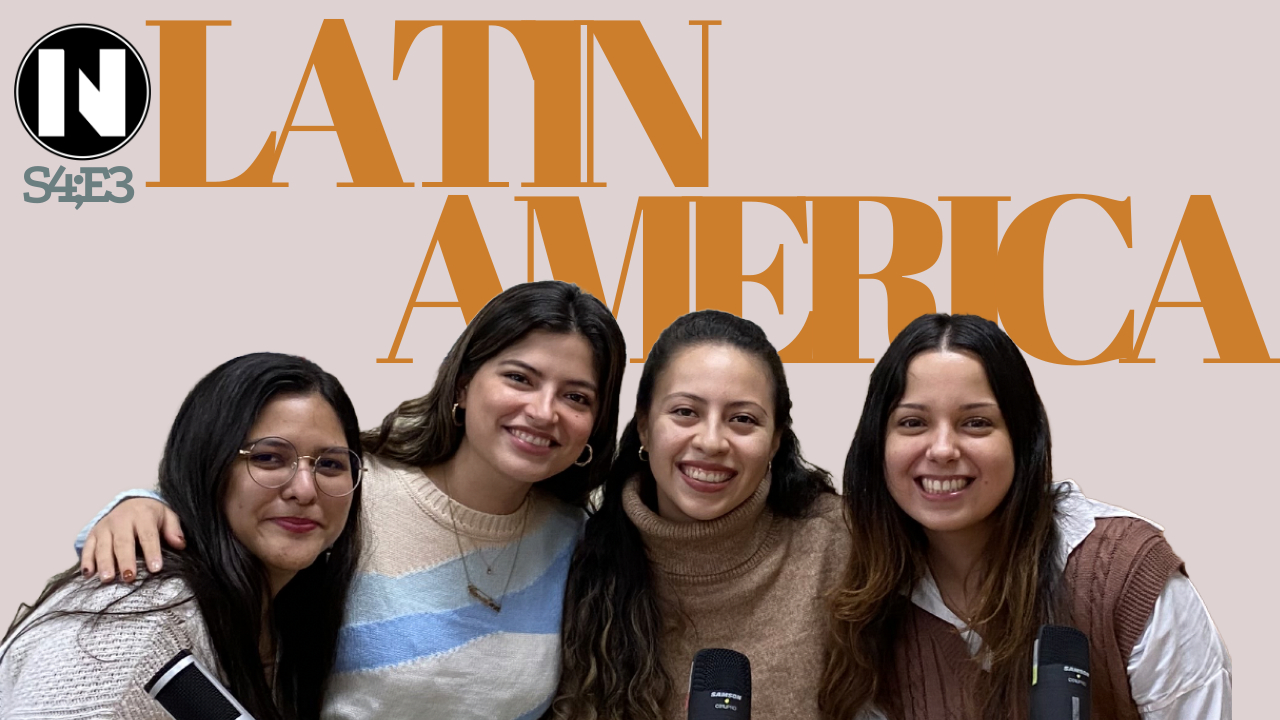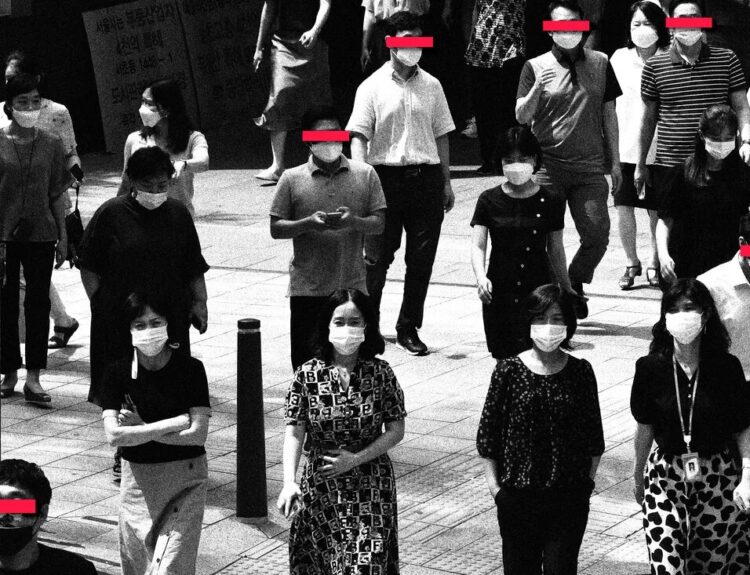In preparation for this year’s Chuseok, married migrant women in Ulsan were busy participating in a social event run by the Ulsan Buck-gu office to teach them how to set up a traditional Korean memorial service table. Omyung Guan, the president of Buck-gu Women’s Community said, “setting up the traditional table is difficult even for native Koreans. Women from multicultural families who are not familiar with Korean culture must find it more difficult. We wanted to help the migrant women so they could have first-hand experience of it and quickly adjust to our culture.” This event is just one of the Korean government’s multicultural programs. But since when has Korea become a multicultural society? And what does multiculturalism in Korea mean?
Even a decade ago if you looked at a Korean history textbook, the first page began by proudly saying that Korea has maintained an ethnically homogeneous nation state. Korean ethnic nationalism was actually established for various political purposes and it has been used for enhancing social solidarity. While Korea is still very homogenous, it has now transformed into a more ethnically diverse society. In the late 1980s, the government decided to accept foreign workers due to the shortage of domestic industrial workers. In the late 1990s, as young men in rural areas had difficulty finding a wife, the number of international marriages with China and other South Asian countries rapidly increased. It was only in the mid-2000s that the Korean government institutionalized its policy on immigrants. The first change was to replace the phrase ‘interracial marriage family’, which in Korea had gained a discriminatory connotation, with a more politically correct term. It was at this point that the new concept of multiculturalism, or damunhwa, was introduced. According to Banting and Kymlicka, multiculturalism generally refers to respecting cultural differences and autonomy of different ethnic groups and supporting laws and programs in order to manifest diversity.
As a result, government-led multiculturalism has a very short history in Korea compared to European multiculturalism. Given that Korea has held on to the pretense of being a homogeneous nation with a history of five thousand years, it is not difficult to see why the direction of multicultural policy is focused more on assimilation than pluralism. According to research by the Asan Institute for Policy Studies throughout the country, more than half of the programs focus on assimilating immigrant brides and mixed marriages (54.4%) followed by Korean cultural experience (16.1%), mutual cultural understanding (14.4%) and cultural experience for native Koreans (5.4%). The easy conclusion is that South Korean multiculturalism focuses on marriages and multicultural education for their children.
Meanwhile some have criticized Korea’s multicultural policies and argue Korea should contemplate the genuine meaning of multiculturalism. There have been attempts to change this situation, but progress is slow. Why is this the case? The answer might be found in Koreans’ perception of multiculturalism.
According to the report by the Asan Institute for Policy Studies, the majority of Koreans (79.2%) don’t have antipathy to foreigners while 10% lower of Koreans (67.5%) are in favor of multicultural family. Interestingly enough, there are gaps among respondents based on gender and generation. Young generations, who have relatively more experience of traveling abroad and exposure to foreign cultures having frequent exposure to multicultural societies are more negative. The twenties agree at the highest rate (35.1%) that the more we have multicultural families the higher social unrest is and the more difficult we have social integration. Women have more negative attitudes toward multiculturalism than men. Also notable is the fact that Koreans’ perception of foreigners and multiculturalism has changed negatively in the past three years. There is an increase in negative view of foreign labor. In those cases as well, perception change of young people accounts for the pessimistic results.
Perhaps since multiculturalism has been mainly used only for implementing policy to solve social problems rather than describing a natural societal process, most Koreans seem to understand only a narrow view of multiculturalism. For example, Koreans are likely to consider multicultural education as a welfare program or educational concept only for minorities. Koreans also tend to have different attitudes toward immigrants depending on their nationality or race. In a survey conducted by Asan Annual Survey that asks people’s feelings about immigrants from five different countries (Japan, China, the US, Philippines, and Nigeria) Koreans were found to only favor immigrants from the US. After other questions related to ethnicity being asked, the report says Koreans tend to have a bias to non-western cultures or non-white races.
Currently, approximately 1.45 million foreign residents in Korea account for around 3% of the total population, which is more than four times the number of foreign residents fifteen years ago. As this trend continues, by 2020 foreign residents and immigrants are projected to increase to 5.5%. As a result, any discussion of Korea should also include a discussion of multiculturalism. Even though the government has created various policies and programs for social integration, unless Koreans change their awareness and accept a wider meaning of multiculturalism, these governmental actions taken to boost multiculturalism will remain nominal political rhetoric. Perhaps it is time for these multicultural polices to target the notions of native Koreans rather than immigrants.
By SungEun Kim
- NOVAsia Is Hiring: Call For Applications and Contributors for Spring 2025! - February 26, 2025
- NOVAsia Is Hiring: Call For Applications and Contributors for Fall 2024! - August 20, 2024
- NOVAsia Is Hiring: Call For Applications and Contributors! - February 19, 2024






